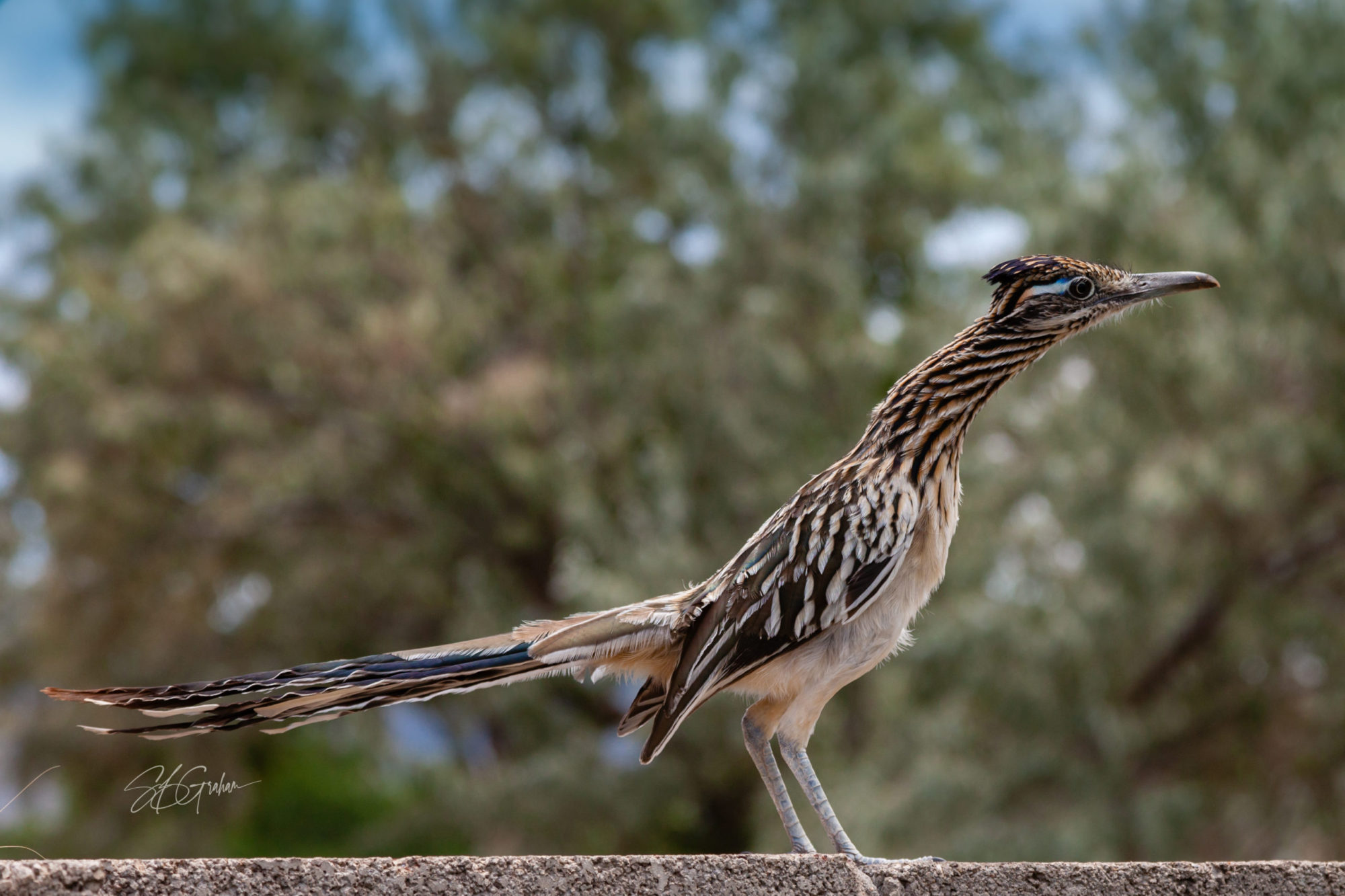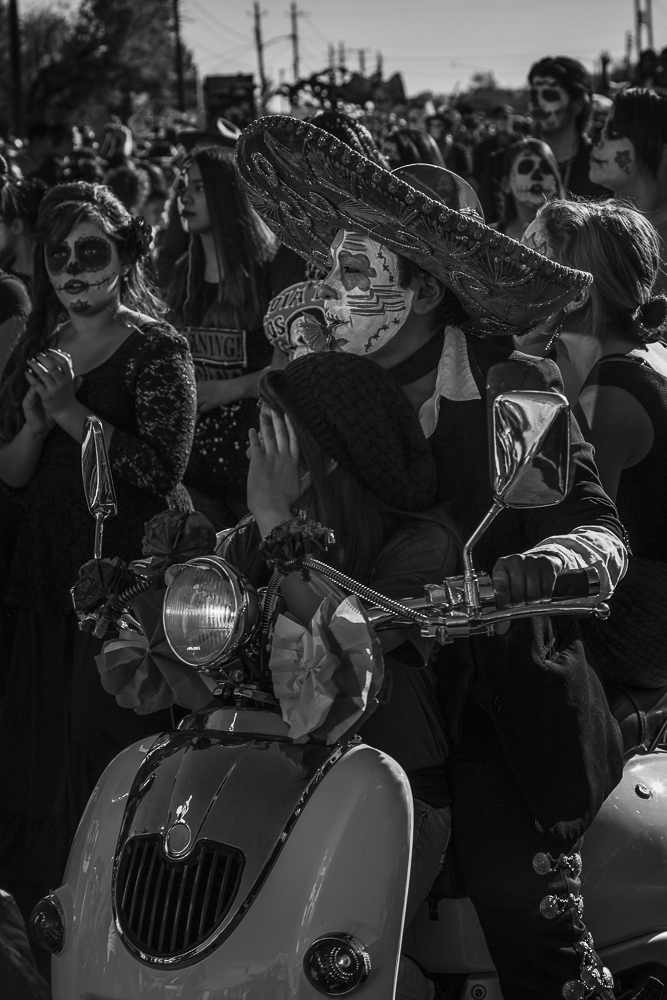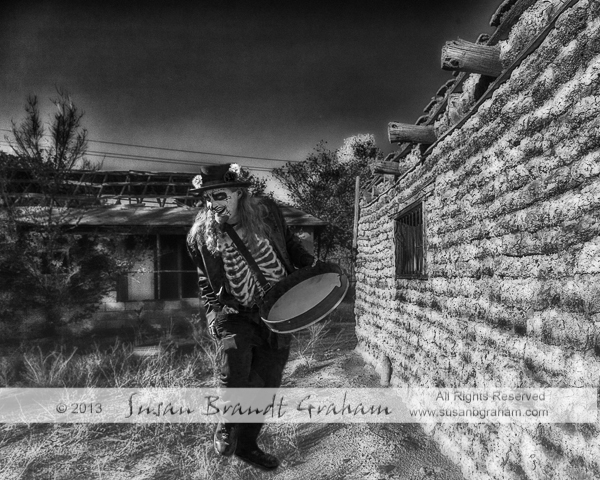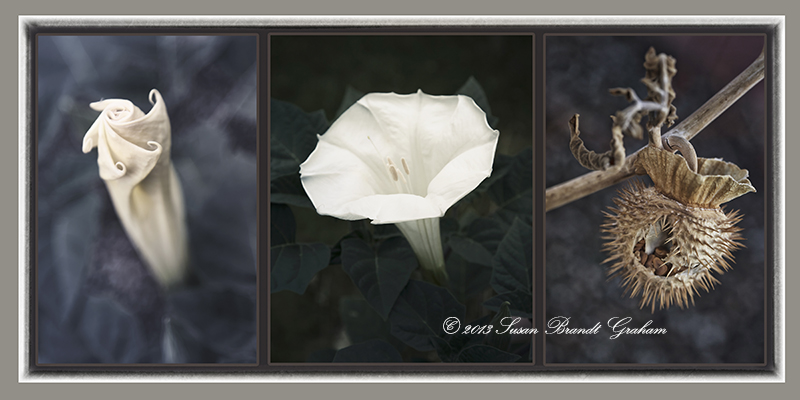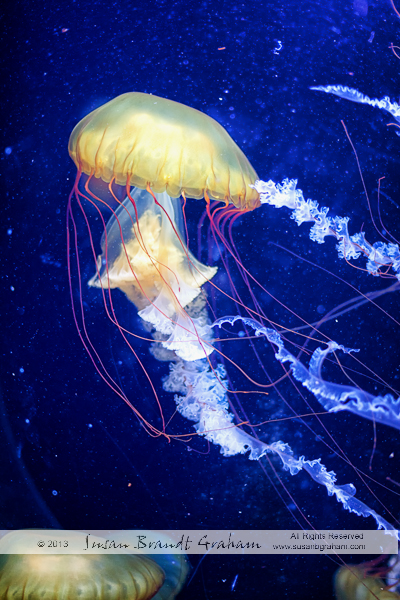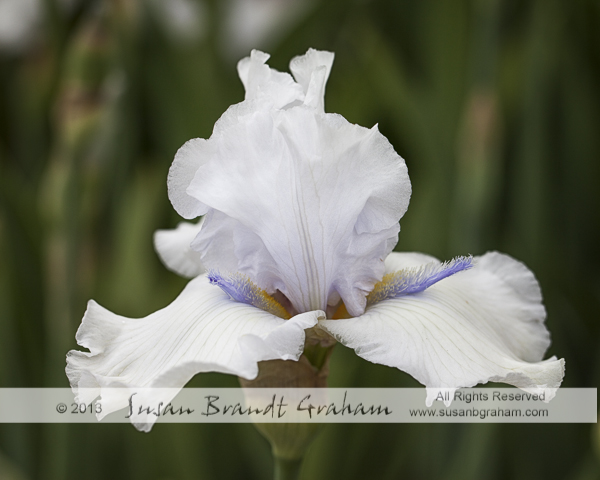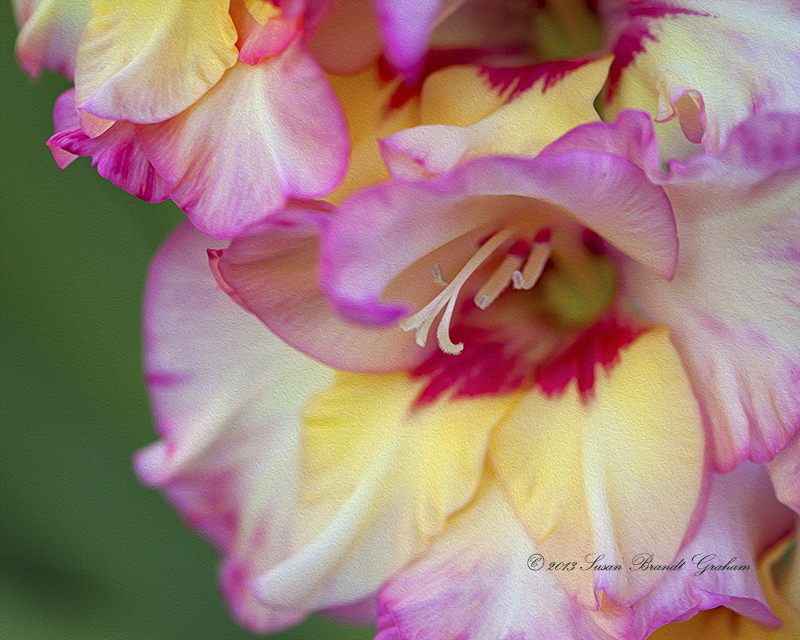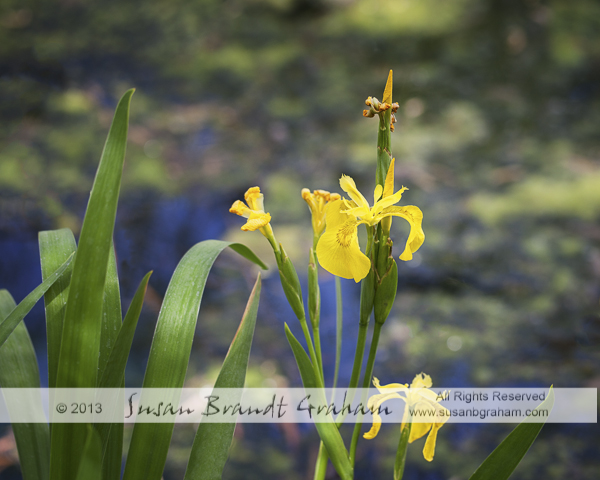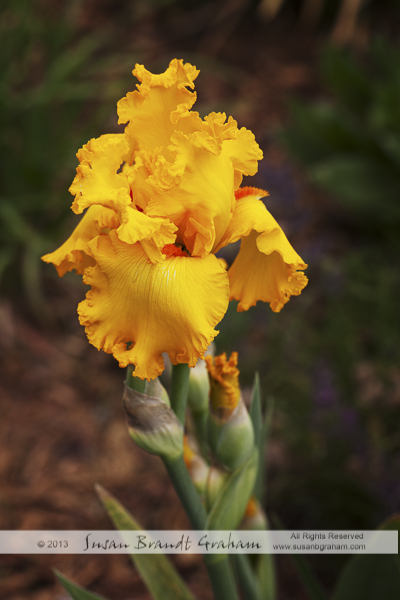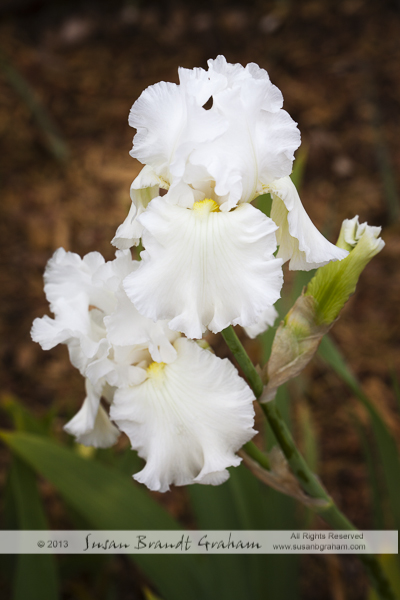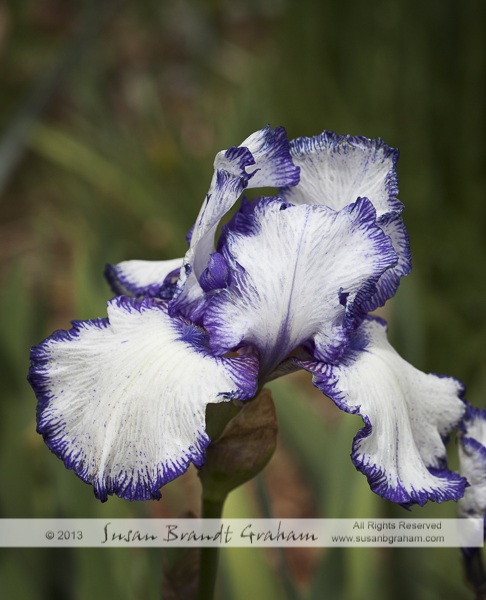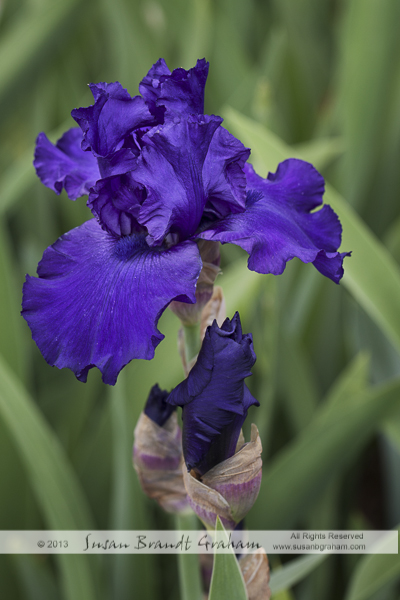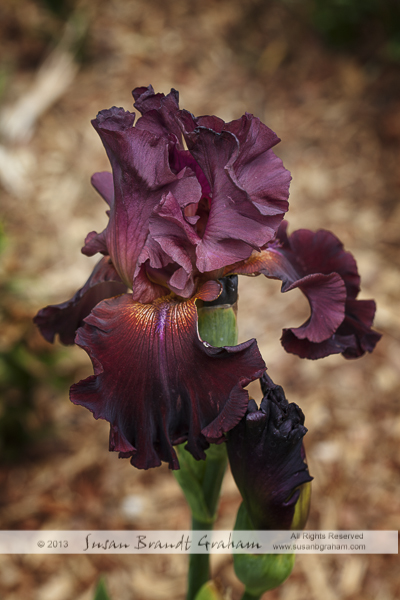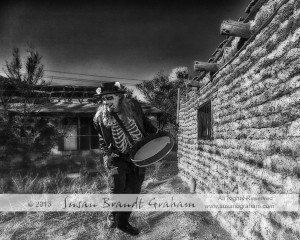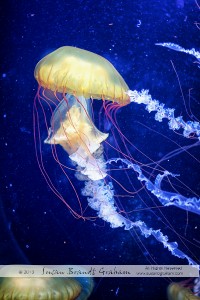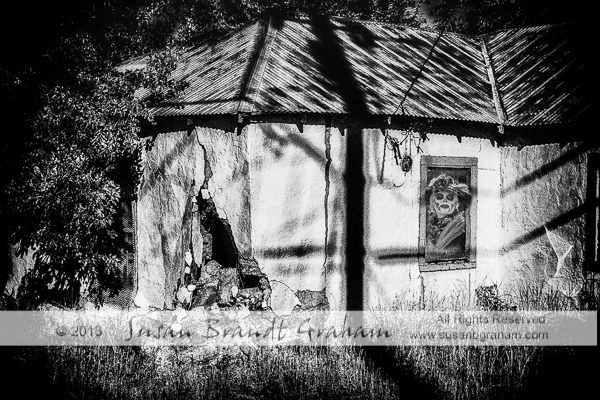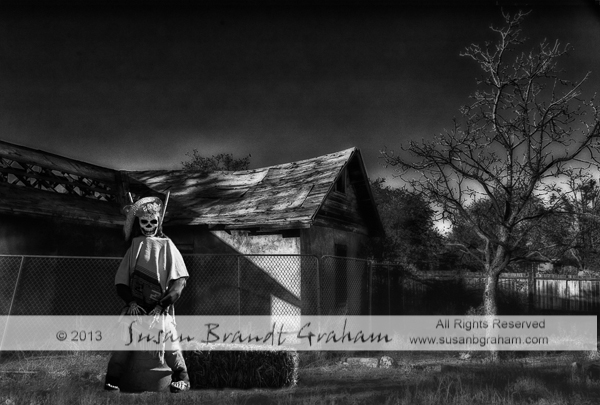Solitude and the Creative Process
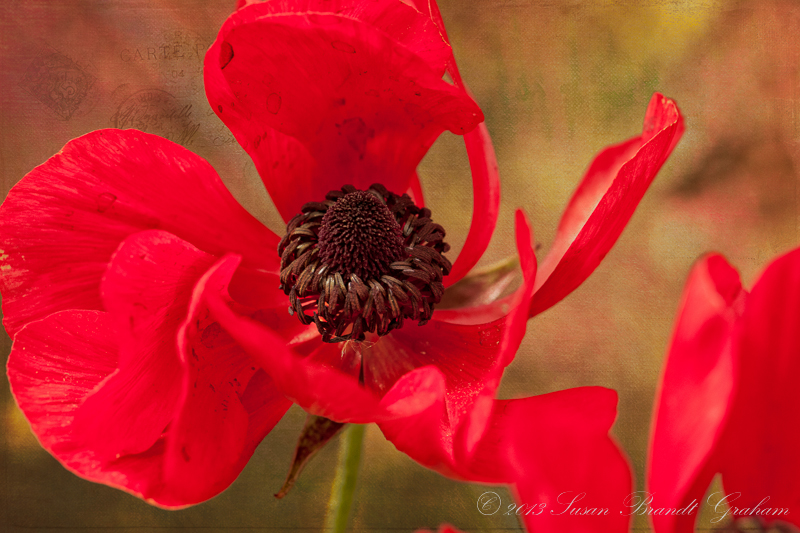
Windblown and tattered red ranunculus at sunset,
April 30, 2014
The blog has been neglected for a bit this spring, while I have worked on other things. Later this month I’ll be giving some presentations on Floral Photography and also Color Management in Photography. Working on presentations for other people always requires thinking and rethinking of one’s own processes of creating, in my case creating photographic images. I come from a family in which some members do their best work in the company of other people, and other members require at least some degree of solitude to do any work at all. I’m glad I see both sides of that coin in my family, but I definitely am one who requires solitude and time to think to do my best work.
This summer holds a couple of significant anniversaries for me, and these have also stimulated my thought processes. I didn’t set out to think about these things in particular, but I have allowed myself the time to do it. I’ve also allowed myself some time to read, just for pleasure and not directly for learning, as I have done so much of my life. Of course, one may learn more from reading for pleasure, if the circumstances are right.
Some quotes come to mind:
Henry David Thoreau:
I never found the companion that was so companionable as solitude. We are for the most part more lonely when we go abroad among men than when we stay in our chambers. ~ Henry David Thoreau, “Solitude,” Walden, 1854
Writer, anthropologist, and friend, Jim Stallings:
Began having a new vision of things. What was it exactly? Can’t say maybe. Can’t say at all less I think on it. I’ll think: emptiness in-forms perception; the point is not how much you know, what you know, or who you know; the point is emptiness and freedom. The loneliness of freedom… ~ Jim Stallings, Falstaff’s Diaries, 2011
Photography instructor, Barrack Naggan, in class critiques of photographs, 2009:
Would you hang it in your house?
The first two quotes had meaning to me at first reading. The real significance of “would you hang it in your house?” took me a little longer to grasp, as simple as it seems on the surface. A work a visual artist is willing to display in his/her home says “this is me. I’m revealing something about myself that I am willing to be seen within the safety of my home.” The same piece, of course, may be seen in many public places. In that context, the image is as much about the viewer as about the artist. The same piece, hung in the home, reveals much more about the artist.
I love photographing almost anything, but am probably best known for florals and portraits. As I prepare the presentations on floral photography, I have gone through a lot of my prior work. The most recognized pieces have been “Lily,” “Starting Over,” and Ephemeral.” These three are monochromatic to one degree or another. Within the world of roses, I am probably best known for my love of the Hybrid bracteata, ‘Mermaid.’ None of these images are hanging in my house, and in preparing the upcoming presentations, I was not inspired to print one for hanging in my house. I have two of my own images in my house: one of the Great Kiva at Chetro Ketl in Chaco Canyon (from film days!) and a monsoon season sky from 2009, done as an HDR. Those are images that are very personal to me, for a variety of reasons.
On the evening of April 30, 2014, I went to my mom’s house to photograph some of her roses for possible inclusion in the upcoming presentations. She grows beautiful roses, but I was not feeling particularly inspired that evening. Until, that is, I saw some old ranunculus flowers that were falling apart and ragged, having been abused by days on end of high winds and blowing dust. The light at that point was perfect – Golden Hour but diffused by a few clouds and all the dust in the air. I took four photographs of the ranunculus, each from a slightly different angle. When I saw the one in this post on the computer, my first thought was “I have to hang that in the house.” Until I saw it, I had not known what I was looking for, only that there was a void that needed to be filled. I had grown restless with my images, but I wasn’t sure where to go next. I ordered a large print for the house that night.
Is this a one-time-only image, or will there be a series of subsequent images of aging flowers that are nevertheless vibrant in their last moments? Only time will tell on that one. But this image tied together so many things happening in my life that I had been thinking about for the past several months – thinking about in wonderful solitude.
I hope to be a little better about the blogging process this summer. I am updating my portfolio site, and invite you to visit there as well.
